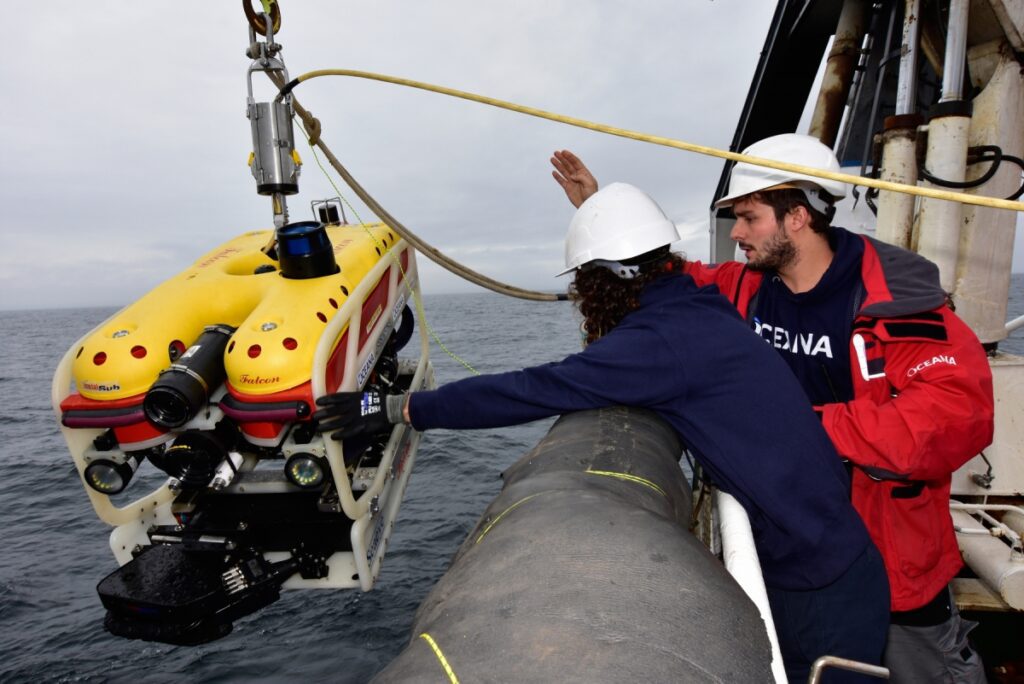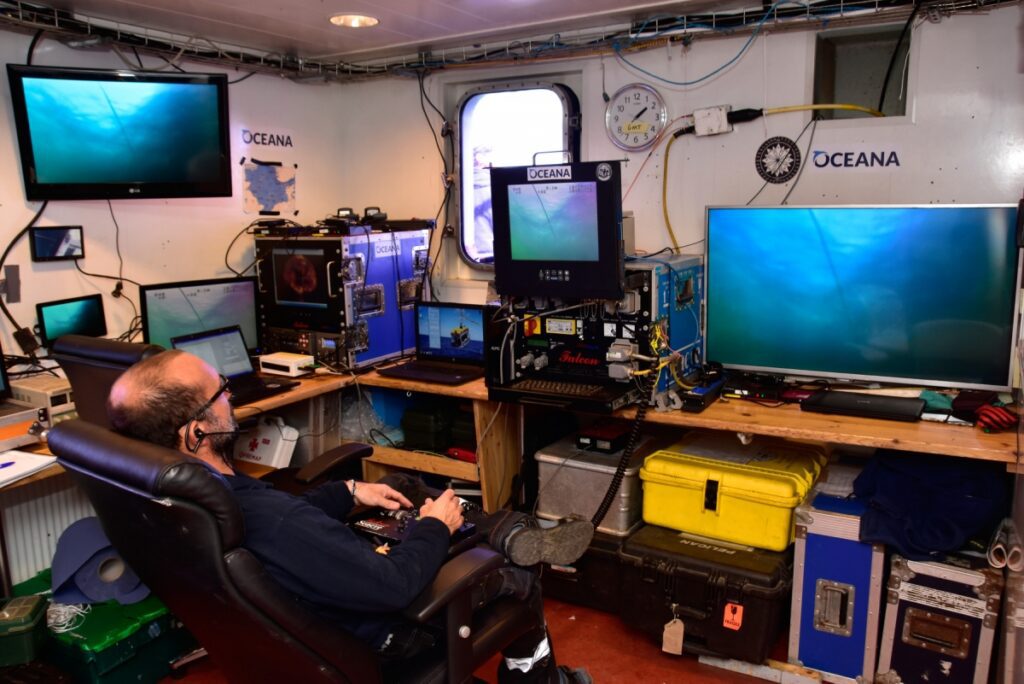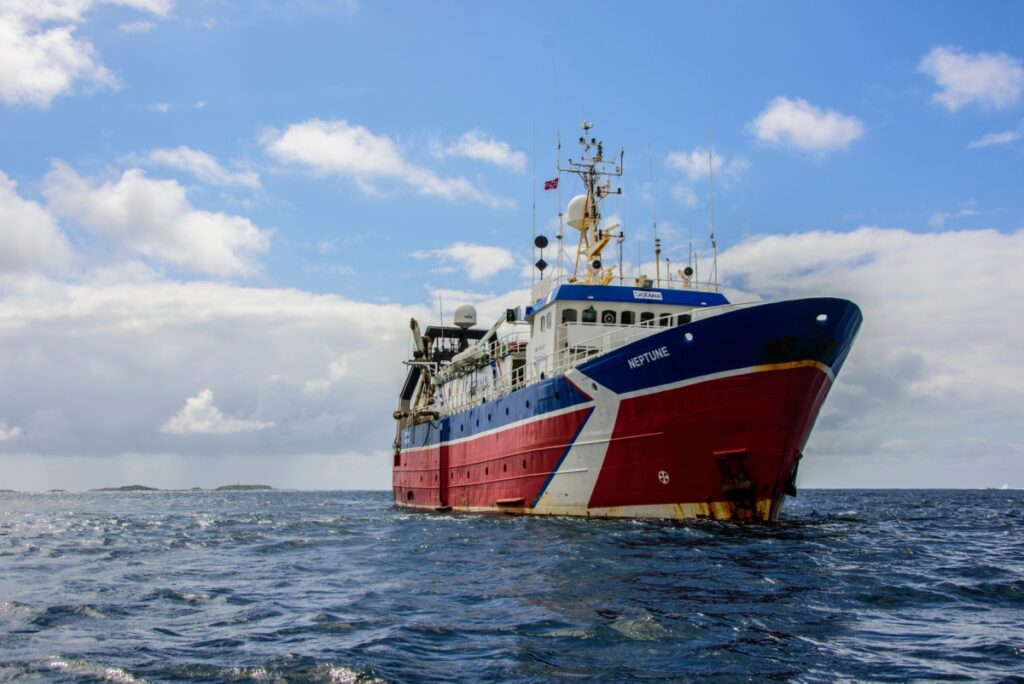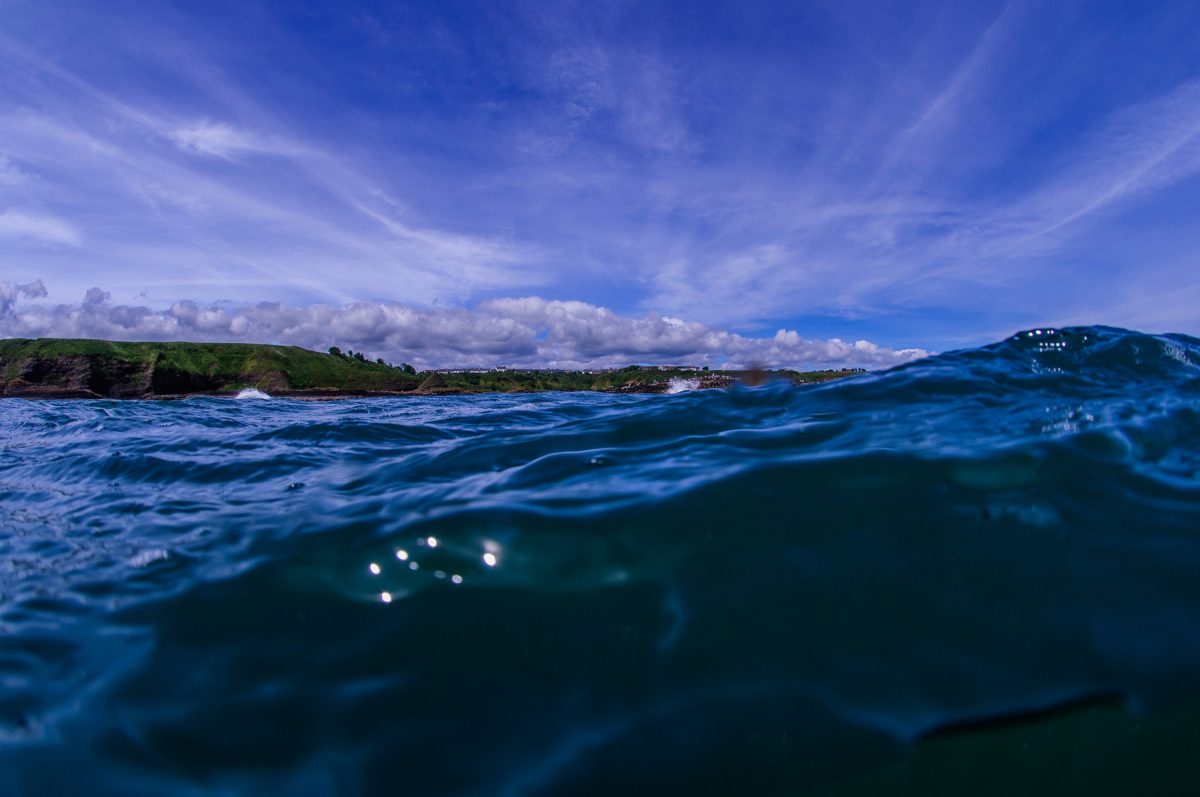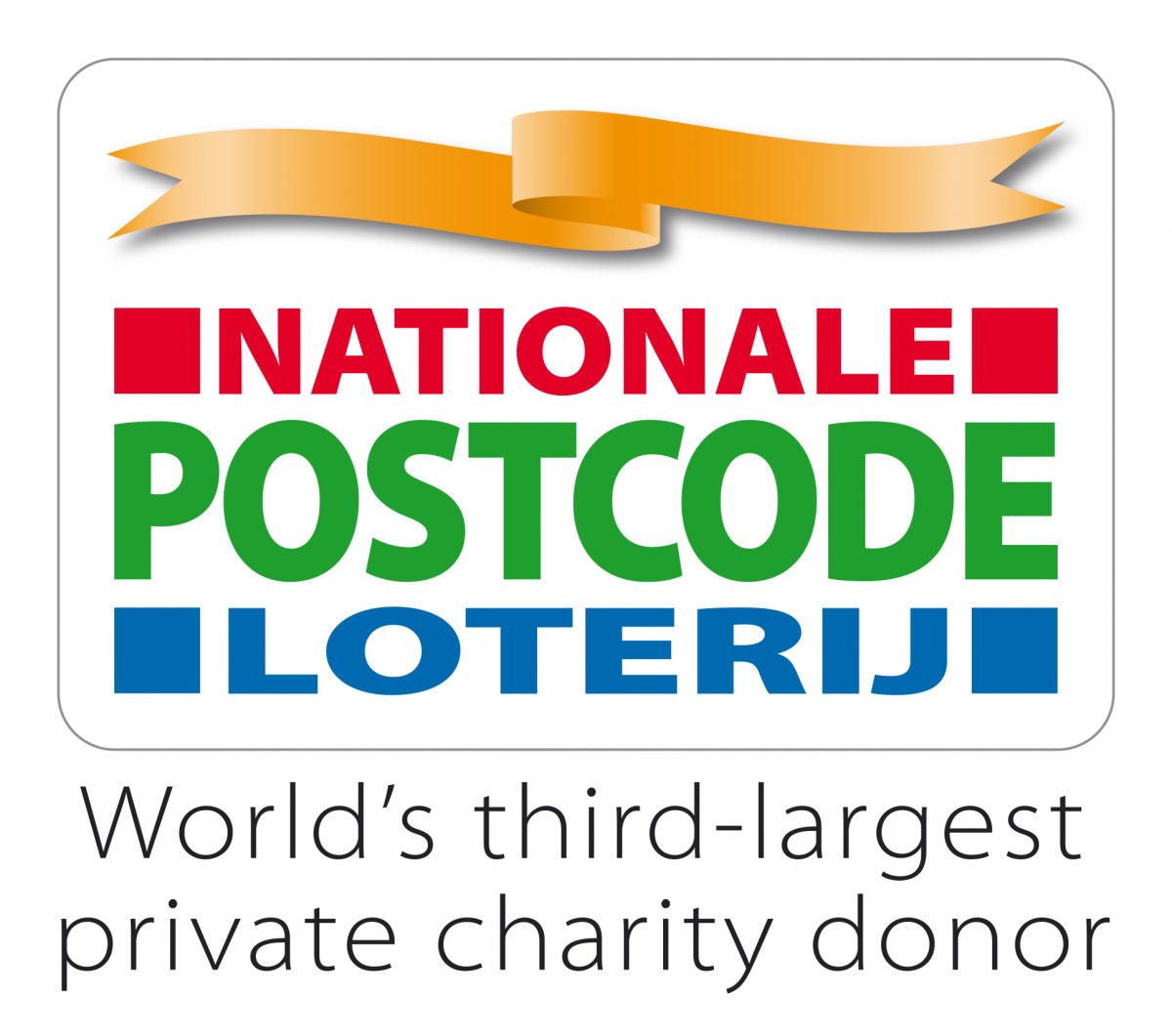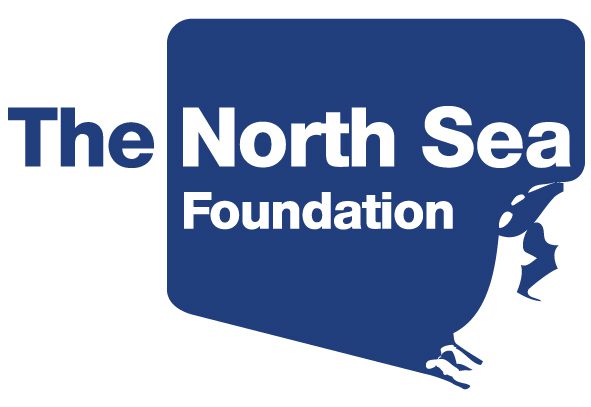Overview
Oceana’s marine scientists undertook the second ocean expedition to the North Sea. The two-month research project, generously funded by the Dutch Postcode Lottery (biggest charity lottery in the Netherlands) documented seafloor habitats and species in 16 areas of interest. The overall goal of the ongoing study is to strengthen the network of Marine Protected Areas (MPAs) in the North Sea. During the expedition, Oceana collaborated with the Dutch organisation The North Sea Foundation (Stichting De Noordzee) as its main partner.
The North Sea
The North Sea covers an area of 750 000 km2 . Although the sea ranges in depth from 30 to 725 metres, most of the area is quite shallow, with an average depth of only 90 m. It is considered one of the most productive seas in the world, with a broad diversity of plankton, fish, seabirds, and organisms that live on the seafloor. The North Sea is also of great socio-economic value due to its fisheries, oil and gas extraction, harbours and industry – which in turn have made it one of the busiest and most highly disturbed seas in the world. The most negative impacts on biodiversity in the North Sea are due to fisheries and eutrophication, in addition to a long list of other threats, including: pollution from domestic and industrial sources; maritime shipping; infrastructure such as oil and gas platforms, wind energy parks, cables, and pipelines; coastal development; and military training.
Human activity
Direct pressures of human activity have perturbed the natural state of the region’s ecosystems, and the North Sea is considered to be one of the most heavily impacted marine areas in the world. As a consequence of overfishing, large fish have become scarce, some species have become so depleted that they are listed as threatened on the IUCN Red List and the OSPAR list of threatened and declining species, and bycatch activity has affected population abundance of non-commercial species, such as harbour porpoises. Seabed habitats have also been damaged due to a variety of human activities; an area of seabed equivalent to more than 40% of the area of the North Sea is swept by trawls each year; sand and gravel are extracted from the seabed for construction, beach nourishment, and other uses; sediments are dredged and dumped in hundreds of sites; and infrastructure, such as wind farms and cables, have been introduced as a result of increasing offshore energy production.
Even though by comparison with some other seas, the North Sea is regarded as relatively well-studied, there are still places in the region where relatively little is known about the marine life on the seafloor. This is why further exploration and documentation of species and habitats are needed, in order to be able to identify and protect the ecologically important areas, especially those where threatened species or sensitive habitats occur.
Marine Protected Areas (MPAs)
The current network of MPAs in the North Sea suffers from a number of gaps. For example, the majority of sites are in coastal areas, rather than offshore, which neglects protection of offshore species, including commercially exploited ones. Many MPAs are also not well-managed, which limits how effective they are in meeting their conservation objectives. During the at-sea research, Oceana’s expedition team will surveyed both coastal and offshore places where first-hand data are needed to contribute to improved protection of marine life, either through the creation of new MPAs, expansion of existing ones, or by implementing stronger management measures, ensuring effective protection of vulnerable species and habitats within MPAs.
The Expedition
The expedition, Oceana’s 27th in Europe, and second in the waters of the North Sea, explored the ocean floor in the waters of Denmark, Germany, Norway, the Netherlands and the United Kingdom, on board the vessel Neptune. The expedition built upon Oceana’s initial surveys of the region in 2016; revisiting some of the previously studied areas for further analysis, as well as exploring new places in need of marine protection.
Survey areas were selected in consultation with government agencies/local authorities, scientists and NGOs in each of the countries studied. Data gathered by Oceana is being shared with these and other institutions and experts, in order to support broader efforts to preserve the North Sea.
When it comes to achieving meaningful policy changes, the expedition came at a critical moment for the management of the fisheries in the region, as it coincided at the the time with European legislators’ final negotiations on multi-annual management plan for North Sea demersal stocks, including: cod, haddock and sole.
The Technology
Scientists on board the Neptune gathered data from depths of up to 600 metres, with the help of Oceana’s remotely operated vehicle (ROV), or underwater robot, which captures high-definition photos and videos of sea life. Additional information was also collected by professional SCUBA divers, through sediment sampling, and with the use of a multibeam echosounder, a type of sonar that allows for more detailed mapping, identification and documentation of marine communities living in the ocean floor.
Oceana is grateful to the Dutch Postcode Lottery for their generous funding of our North Sea expedition. During the expedition, Oceana worked with the North Sea Foundation in close collaboration with local stakeholders, including local governments, scientists, and NGOs.
Diaries
The Crew
Sarah O’Flynn
PhD student, DISCLOSE project, NIOZ Institute (Netherlands)
Leo Koop
PhD student, DISCLOSE project, Delft University of Technology (Netherlands)
Karin J. van der Reijden
PhD student, DISCLOSE project, Groningen University (Netherlands)
Silvia García
Marine Scientist
Craig Lawson
Communications Officer
Javier Camarena
ROV Pilot
Ricardo Aguilar
Senior Director, Research & Expeditions
Juan Cuetos
Underwater photographer
Enrique Talledo
Underwater videographer
Jordi Pinós
Diver/Deckhand
Sergio Losada
Diver/Deckhand
Hector García
Diver/Deckhand
Aaron Sáenz
Deckhand
Emilio Badenes
Deckhand & pilot
Adolfo de los Ríos
Deckhand & pilot
Alex Blanco
Deckhand
Helena Álvarez
Marine scientist
Carlos Minguell
Underwater Photographer
Jack Ravensberg
Deckhand
Rubén González
Logistics
Jorge Blanco
Marine GIS Analyst
Becky Hitchin
JNCC
Rachel Bower
JNCC
Natividad Sánchez
Communications Director
Brais Lorenzo
ROV Pilot
José Manuel Sáez
ROV Pilot
Jorge Candán
Underwater Videographer
Videos


